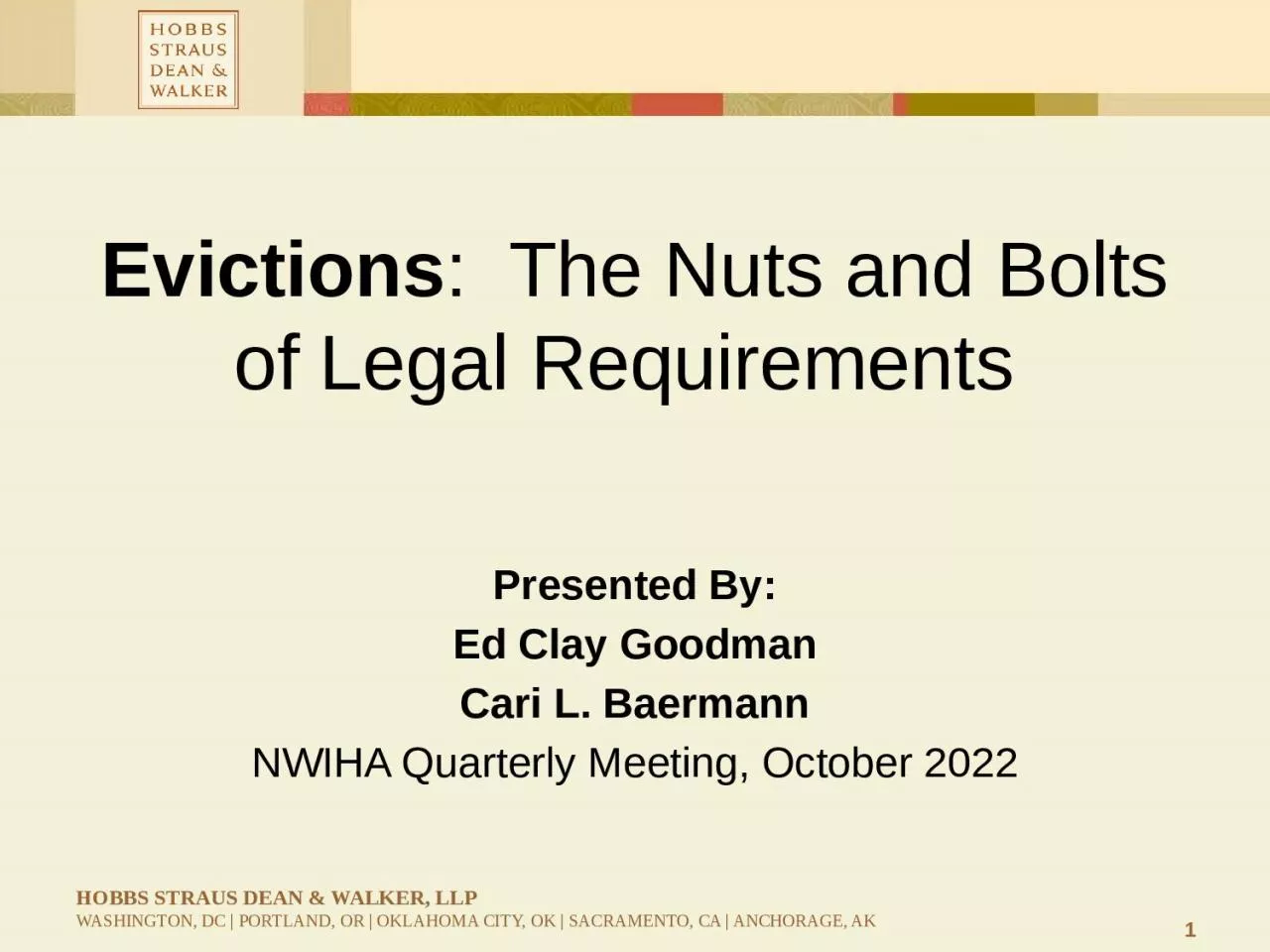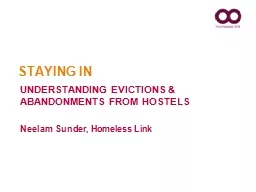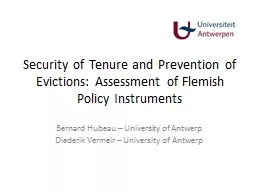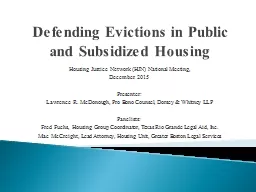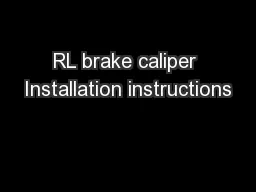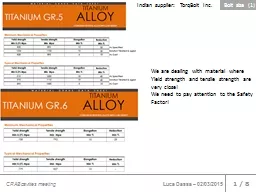PPT-Evictions : The Nuts and Bolts of Legal Requirements
Author : fauna | Published Date : 2023-11-21
Presented By Ed Clay Goodman Cari L Baermann NWIHA Quarterly Meeting October 2022 Due Process Procedural requirements To get a court eviction order the TDHE must
Presentation Embed Code
Download Presentation
Download Presentation The PPT/PDF document "Evictions : The Nuts and Bolts of Legal..." is the property of its rightful owner. Permission is granted to download and print the materials on this website for personal, non-commercial use only, and to display it on your personal computer provided you do not modify the materials and that you retain all copyright notices contained in the materials. By downloading content from our website, you accept the terms of this agreement.
Evictions : The Nuts and Bolts of Legal Requirements: Transcript
Download Rules Of Document
"Evictions : The Nuts and Bolts of Legal Requirements"The content belongs to its owner. You may download and print it for personal use, without modification, and keep all copyright notices. By downloading, you agree to these terms.
Related Documents

